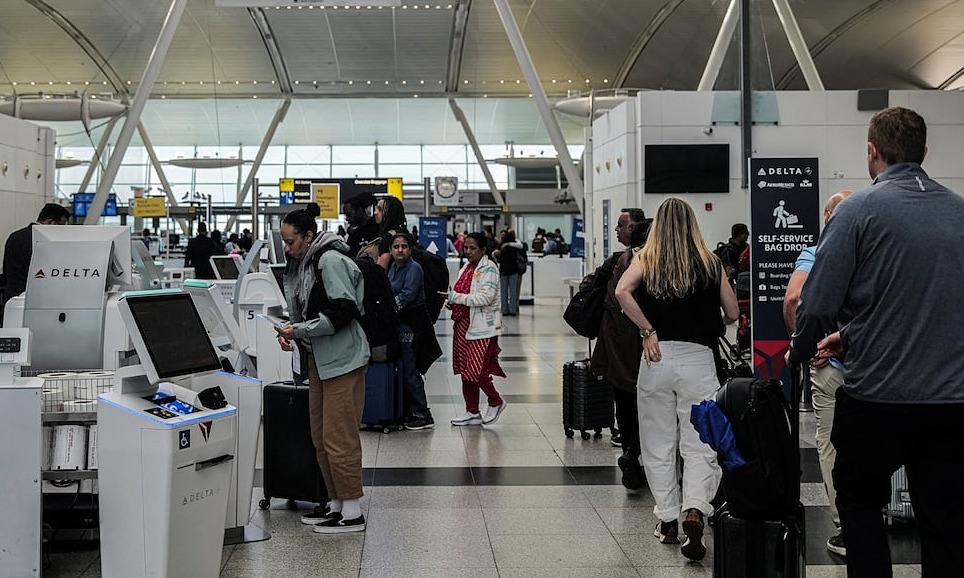Average round-trip economy airfares for over 50 routes from the U.S. to Europe in the first quarter were down an average of 7% year on year, with rates to fly between Atlanta, Georgia, and London down 55%, according to data from Cirium, an aviation analytics firm.
As American consumers have been bargain-hunting and waiting closer to their departure dates to finalize travel plans, the decline in demand from Europe is another factor contributing to cheaper travel.
“Fewer seats filled by European travelers to the U.S., and a slower pace of growth in U.S. outbound to Europe than last year, will tend to cast 2025 as a tougher year to make money on transatlantic routes,” said Aran Ryan, director of industry studies at Tourism Economics, a subsidiary of Oxford Economics.
Travel booking app Hopper said that this summer, the price of round-trip tickets from the U.S. to Europe is down 10% compared with a year ago.
Average fares of US$817 a ticket are in line with prices to Europe in the summer of 2019, before the Covid-19 pandemic.
Major carriers, including Air France KLM and Germany-based Lufthansa, are expecting slowing activity.
Lufthansa chief executive Carsten Spohr said the company expects weaker demand in the third quarter, while Air France KLM CEO Ben Smith said the company is seeing a “slight pullback” in transatlantic traffic and will slash prices to keep cabins on its transatlantic flights full.
Airlines, including Lufthansa and U.S. carrier United Airlines, say higher demand from U.S. travelers flying to Europe is offsetting the decline of Europeans flying in the opposite direction.
United said international bookings from Europe fell 6% in the first quarter, but added that U.S.-originating demand made up for the pullback.
Rival Delta Air Lines said 80% of its long-haul international demand originates from the U.S., and fares in the region are “significantly higher” than in the rest of the world.
Lufthansa said it plans to market its transatlantic flights to more Americans given the higher demand, despite travel from Western Europe showing moments of recovery.
Travel from the region to the U.S. increased 12.1% in April before falling again in May, according to data from the NTTO.







